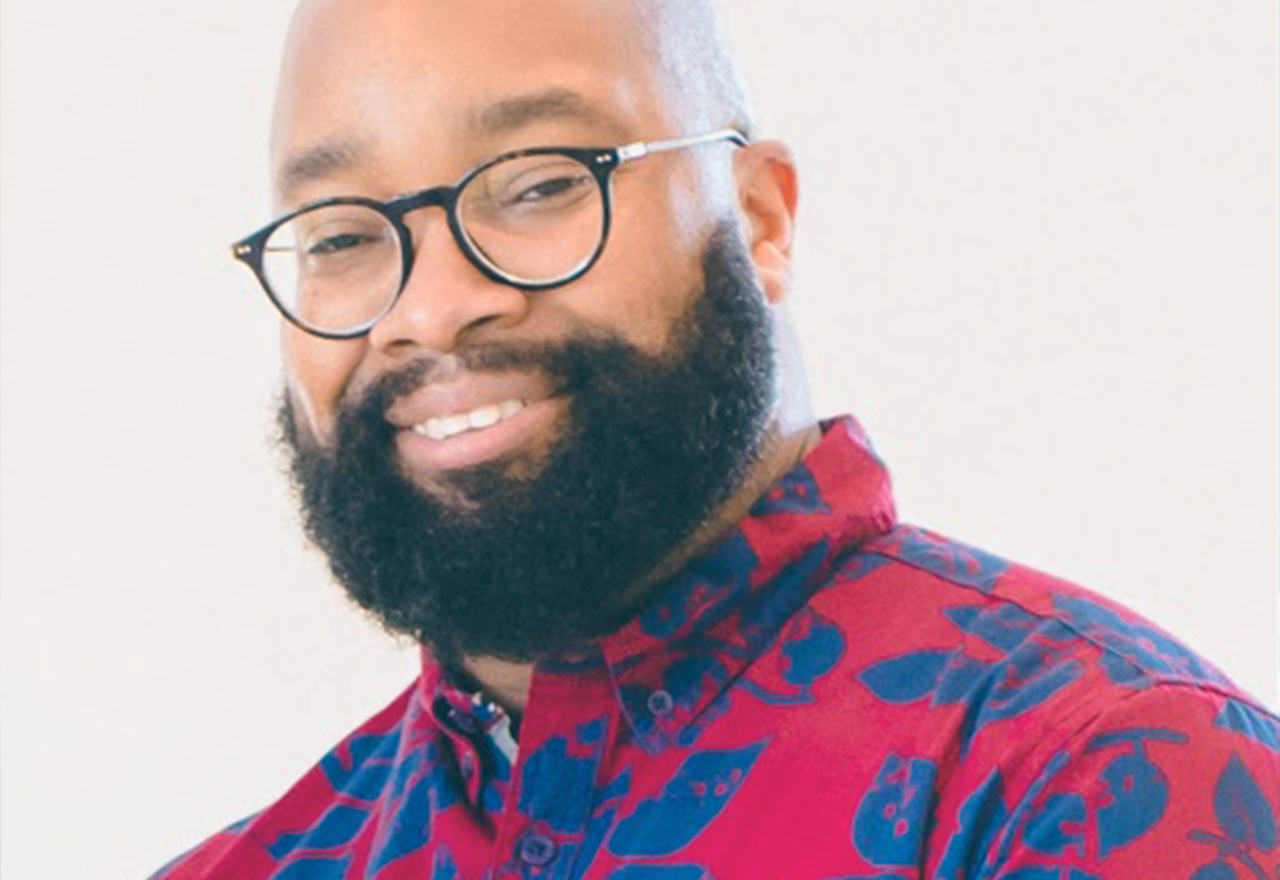Striving to create an organization, and by extension an industry, that truly reflects the diverse societies we work in has been a priority of ours for over a decade. Our aim for the last few years has been to reach 40% women or gender diverse (W/GD) [1] in tech roles globally. We achieved this goal in 2022-23 and remain close to it, but sustaining gender diversity is a significant challenge, and one that continues to evolve with our business. We will keep building on this strong foundation, focusing on equitable hiring, advancement and retention. Below we share the current proportion of W/GD across our business.
Gender is not the only dimension of diversity we focus on, of course, but it is one that we pay close attention to in every region. Beyond gender all regions where legally permissible focus on an additional dimension of diversity. These are based on race, disability, socio-economic background or other factors which are important in that geography.
All figures below are accurate as of September 30, 2025 and are updated at the end of each quarter.
Women or gender diverse (W/GD)

38%

36%
W/GD
Tech
By 'tech' roles we mean those actively involved in the creation of technology products/software. We have been working towards 40% as a goal.

61%
W/GD
Non tech
Those in roles that are non-tech, primarily operational and leadership roles.

29%
W/GD
Global management team
Our senior leadership group.
Beyond the numbers
Setting goals is an important way to remain on track and to hold ourselves accountable. But numbers aren’t our main focus: Genuine progress comes from weaving diversity, equity and inclusion into our everyday actions, business priorities and culture. You’ll find many stories of our programs of work, employee experiences, blogs and more throughout our website.

"Technology must be created by diverse teams, teams that reflect society, in order to serve society effectively. As a consultancy, the diversity of our tech population — the folks advising on and creating digital products and services — has the most impact, and so that is what we measure, that is what we seek to build and maintain. It can be hugely challenging, especially as we see overall numbers of women or gender diverse folks in the tech industry declining — but worthwhile goals are rarely easy. "
– Joanna Parke, Chief Talent Officer
Global gender diversity by grade
Adopting a holistic approach to our efforts in gender diversity also includes an emphasis on parity and advancement. We're proud that almost a third of our global management team are W/GD — ensuring diverse perspectives are represented in every decision made. Tracking advancement versus just overall numbers is key to ensuring the right and fair opportunities are provided to women or gender diverse employees across Thoughtworks.
Tech roles

31%
W/GD
Lead

26%
W/GD
Principal

30%
W/GD
Director
Operational and leadership roles

68%
W/GD
Lead

50%
W/GD
Principal

38%
W/GD
Director

29%
W/GD
Global management team

"Our diversity, equity and inclusion strategy is designed to involve every Thoughtworker. It's essential to us that everyone feels they have both a voice and responsibility in fostering equity and belonging within their teams. Having diverse leaders is also critical — ensuring everyone has access to professional role models, and is able to positively envision their career journey. Having shared metrics helps us focus and track our path of continuous improvement."
– James Grate, Global Head of Diversity, Equity and Inclusion
[1] Aim applies in all countries where legally permissible. W/GD are self-identified. Figures accurate as of September 30, 2025 and will be updated following the close of every quarter.
[2] These figures do not incorporate new acquisitions, which will be included in this report 18 months from their acquisition date to allow time to align to the DEI best practices of Thoughtworks.















